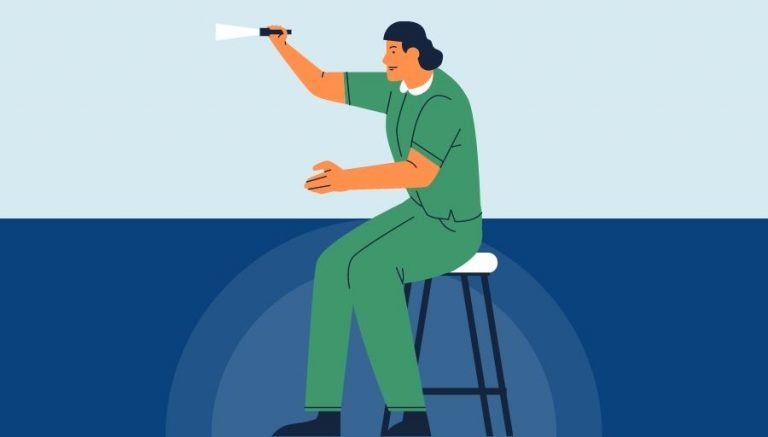How To Use CPT Code 38510
CPT 38510 describes the open excision or biopsy of lymph nodes located deep in the neck. This article will cover the description, procedure, qualifying circumstances, appropriate usage, documentation requirements, billing guidelines, historical information and billing examples.
1. What is CPT Code 38510?
CPT 38510 can be used to describe the open excision or biopsy of lymph nodes located deep in the neck. This code is used when a healthcare provider performs a surgical procedure to remove lymph nodes in order to identify and diagnose the cause of disease in the lymph node or surrounding tissues.
2. Official Description
The official description of CPT code 38510 is: ‘Biopsy or excision of lymph node(s); open, deep cervical node(s).’ This code is used when the provider performs an open excision or biopsy of lymph nodes located deep in the neck using a scalpel.
3. Procedure
- The healthcare provider prepares the patient for the procedure and administers anesthesia.
- The provider adjusts the patient’s neck to improve access to the target area.
- Using a scalpel, the provider makes an incision in the skin and dissects the tissue overlying the target lymph node(s).
- The provider carefully removes the lymph node(s), taking care to preserve critical nerves and structures in the area.
- The provider then closes the incision with sutures and may place a drain to drain fluids while the wound heals.
- In some cases, the provider may use a dye injection to identify lymph nodes for excision, known as a sentinel node biopsy.
4. Qualifying circumstances
CPT 38510 is performed when a patient requires an open excision or biopsy of lymph nodes located deep in the neck. This procedure is commonly performed to identify and diagnose the cause of disease in the lymph node or surrounding tissues. It is important to note that this code is specific to deep cervical lymph nodes.
5. When to use CPT code 38510
CPT code 38510 should be used when a healthcare provider performs an open excision or biopsy of lymph nodes located deep in the neck. It is important to ensure that the procedure is performed on deep cervical lymph nodes and not on lymph nodes in other areas of the body.
6. Documentation requirements
To support a claim for CPT 38510, the healthcare provider must document the following information:
- Patient’s diagnosis and the need for the excision or biopsy
- Details of the procedure, including the specific lymph nodes excised or biopsied
- Date of the procedure
- Any additional procedures performed during the same session
- Any complications or unexpected findings
- Signature of the healthcare provider performing the procedure
7. Billing guidelines
When billing for CPT 38510, ensure that the procedure is performed on deep cervical lymph nodes. This code should only be reported once, regardless of the number of lymph nodes excised or biopsied in the same area. If the procedure is performed on lymph nodes in other areas, modifier 59 may be used to indicate that a different area was tested. Biopsies performed on the contralateral or opposite side should be coded using modifier 50 to indicate a bilateral procedure.
8. Historical information
CPT 38510 was added to the Current Procedural Terminology system on January 1, 1990. There have been no updates to the code since its addition.
9. Examples
- A surgeon performs an open excision of deep cervical lymph nodes to diagnose the cause of disease in a patient.
- A pathologist performs a biopsy of deep cervical lymph nodes to determine the presence of cancer cells.
- An oncologist performs an excision of deep cervical lymph nodes to remove cancerous tissue.
- A radiologist performs a sentinel node biopsy on deep cervical lymph nodes to identify the spread of cancer.
- A head and neck surgeon performs an excision of deep cervical lymph nodes to treat an infection.
- A hematologist performs a biopsy of deep cervical lymph nodes to investigate abnormal blood cell counts.
- A general surgeon performs an excision of deep cervical lymph nodes to investigate the cause of persistent swelling in a patient.
- An otolaryngologist performs a biopsy of deep cervical lymph nodes to diagnose a suspected autoimmune disease.
- A plastic surgeon performs an excision of deep cervical lymph nodes to reconstruct the area after trauma.
- A dermatologist performs a biopsy of deep cervical lymph nodes to investigate the cause of persistent skin lesions.


